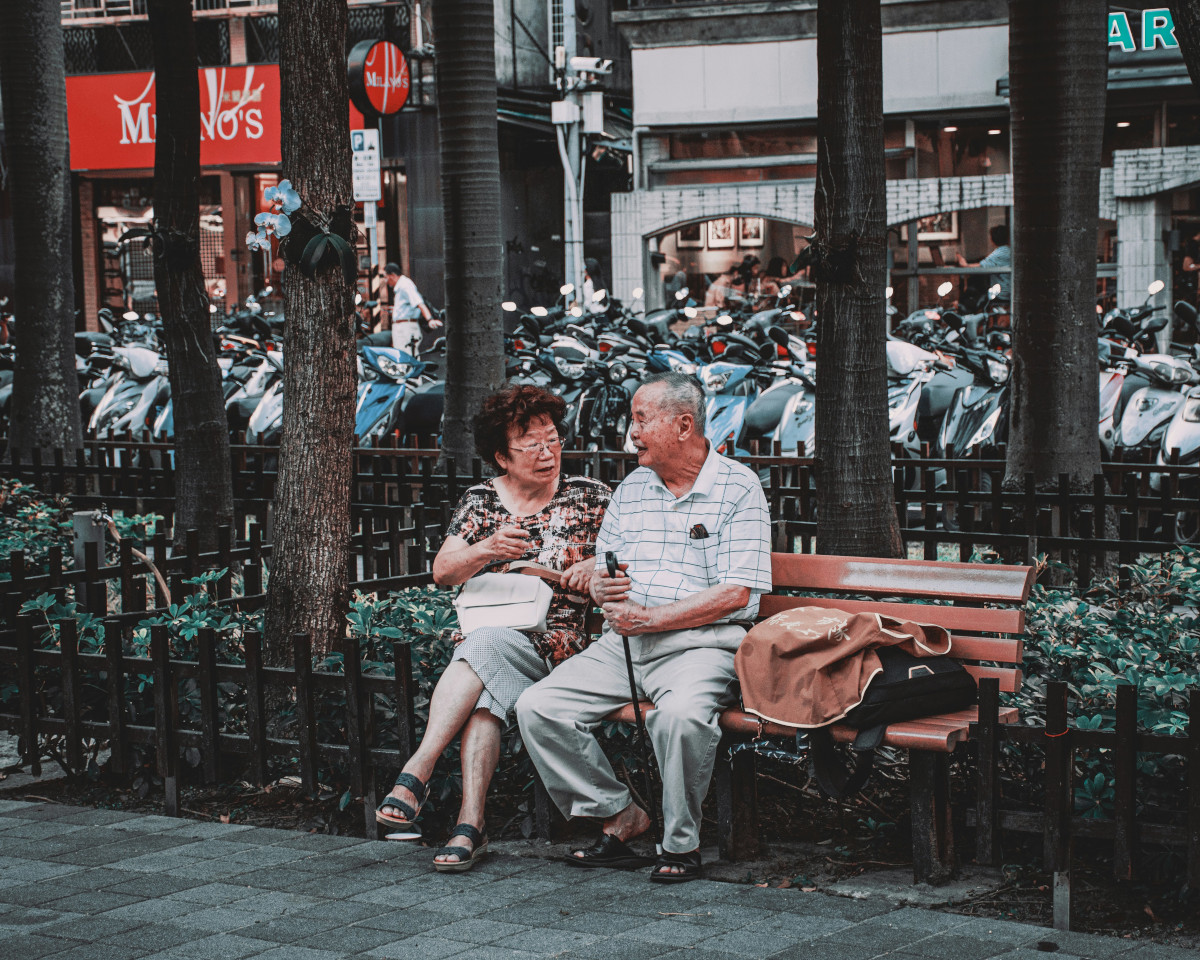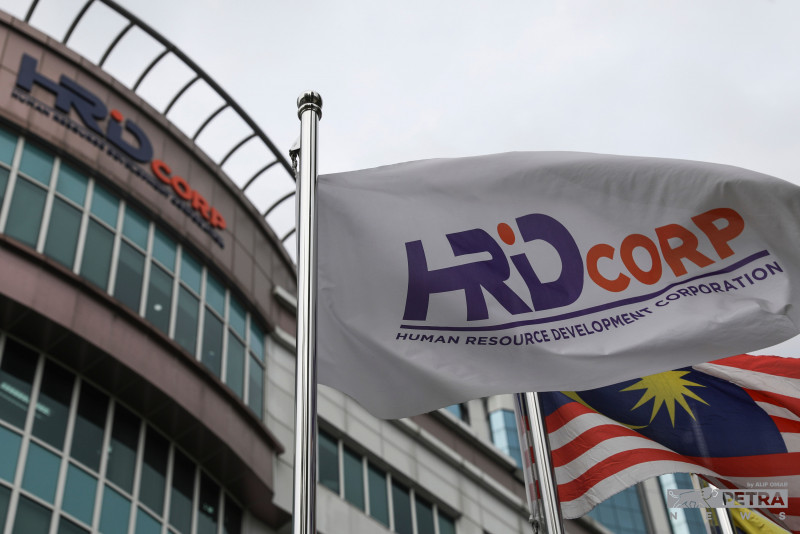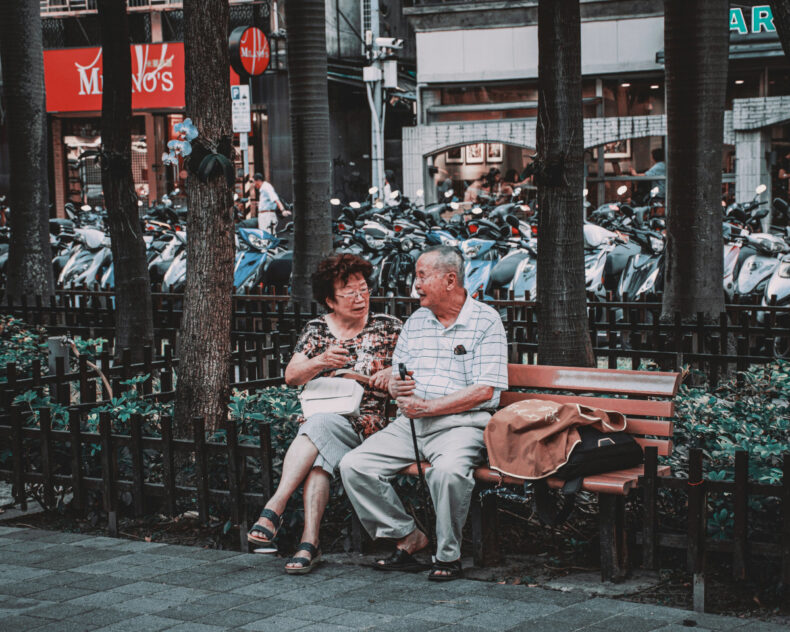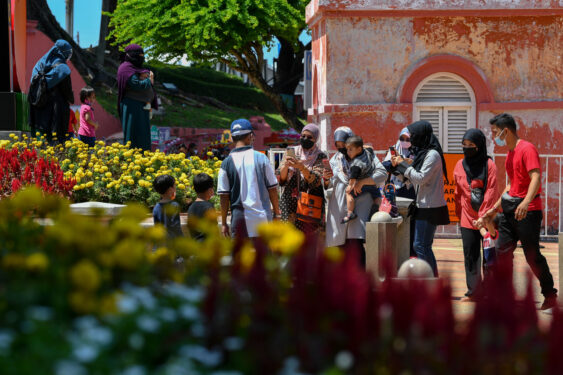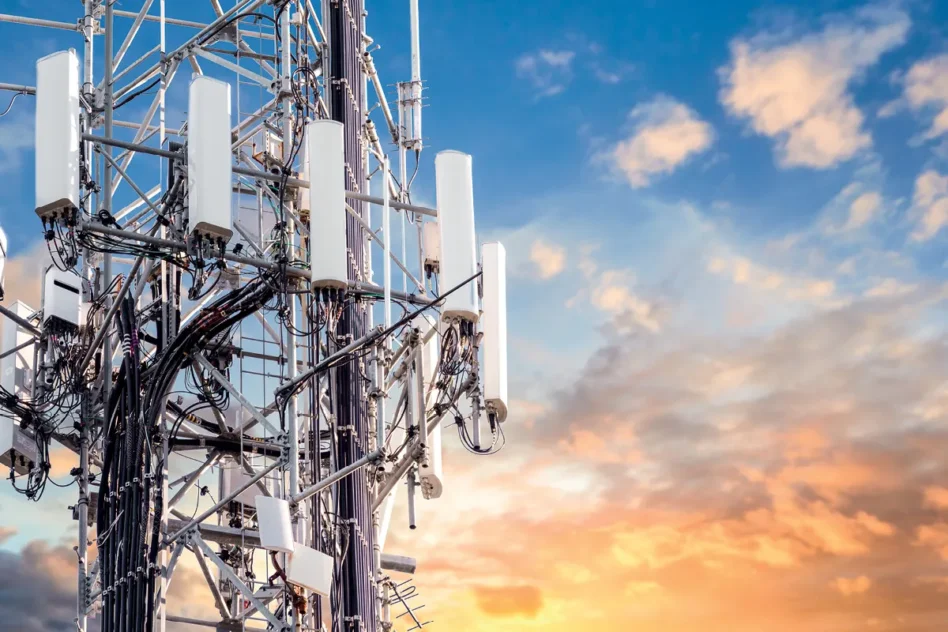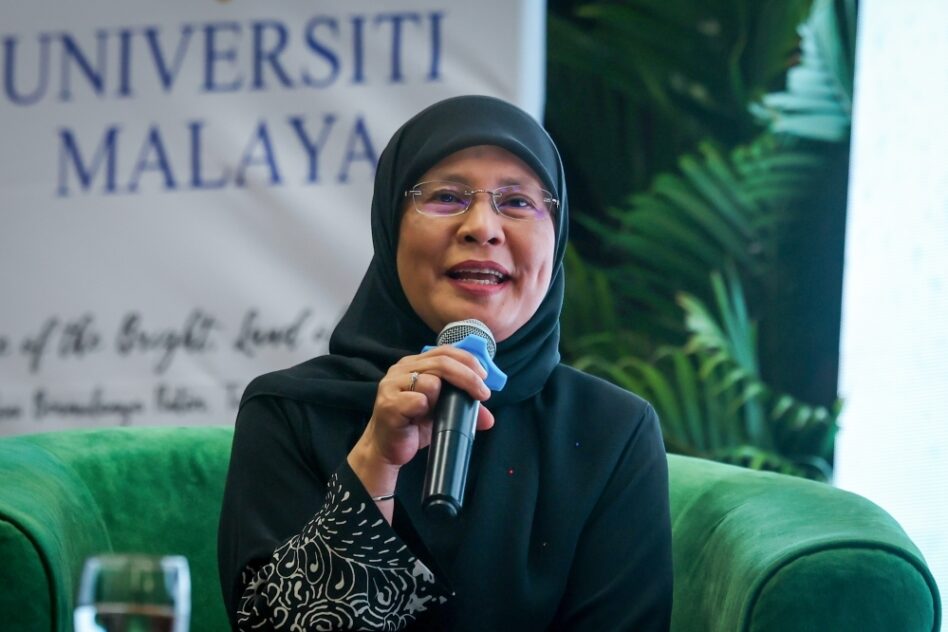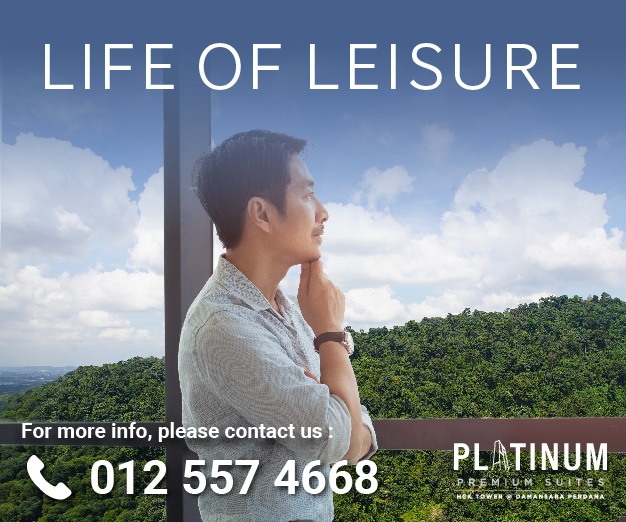IMAGINE receiving a notification on your phone while you’re at work. It tells you that your elderly father just stood up from his bed, had his breakfast, and took his morning pills all without needing a caretaker’s direct supervision.
For many families, especially those living apart from their ageing parents, such a scenario sounds like a dream. But it’s increasingly possible through biomedical engineering innovations—particularly sensor-based solutions designed for elderly care.
Malaysia is ageing fast. By 2030, more than 15% of our population will be aged 60 and above. The shift brings a quiet but urgent crisis: how will we care for our elderly in a way that preserves their independence, dignity, and quality of life?
Our current systems are strained. Public nursing homes are often understaffed, while private care is expensive. Families are torn between full-time jobs and full-time caregiving.
That’s where technology—and more specifically, biomedical engineering—comes in.
As a final-year biomedical engineering student, I have been working on a design project that uses smart sensors to monitor elderly individuals in care homes. These sensors are discreet, wearable, and designed with simplicity in mind.
They can detect falls in real time, monitor vital signs like heart rate or body temperature, and even remind users to take their medication.
More importantly, these systems are not designed to replace human care but to support it. A nurse who has to monitor 15 residents simultaneously for example, can now get real-time alerts if something goes wrong.
A son or daughter living in another state can stay connected and informed without intruding. And the elderly individual retains a degree of autonomy that is often stripped away in traditional care models.
In our local care homes, challenges are many. Many still rely on manual observation. Caregivers, though often dedicated, are overwhelmed. Early signs of health decline may go unnoticed until it’s too late.
My team’s design of the sensor system offers a low-cost, scalable way to close these gaps. It doesn’t need to be imported from Silicon Valley. We’re envisioning it to be built and tested right here in Malaysia.
Designing these systems has taught me something more than circuits or code. It taught me empathy. When we design for the elderly, we’re not just making gadgets—we’re solving deeply human problems.
I have learned to pay attention to usability: Are the buttons too small? Is the strap comfortable? Can they understand the blinking lights? Engineering, I’ve realised, is a form of care.
Our cultural values emphasise filial piety and respect for elders. But in an increasingly urban, fast-paced society, love alone is no longer enough. We need tools, infrastructure, and political will.
I truly believe that biomedical engineers can be part of this solution—not just by building tech but by shaping systems that allow people to age with dignity.
As we approach the threshold of an ageing Malaysia, I urge fellow engineers, policymakers, and the public to think ahead. Let’s invest in sensor systems, smart homes, and wearable devices designed not just for the young and fit, but for the frail, the elderly, and the wise that live with us.
Growing old shouldn’t mean growing invisible. With the right engineering mindset, we can ensure that every parent, grandparent, and elder in this country lives not only longer but better. ‒ July 7, 2025
Asiyah Mohamed Ashraf is a biomedical engineering student at the Faculty of Engineering, Universiti Malaya.
The views expressed are solely of the author and do not necessarily reflect those of Focus Malaysia.
Main image: Unsplash/Junho


